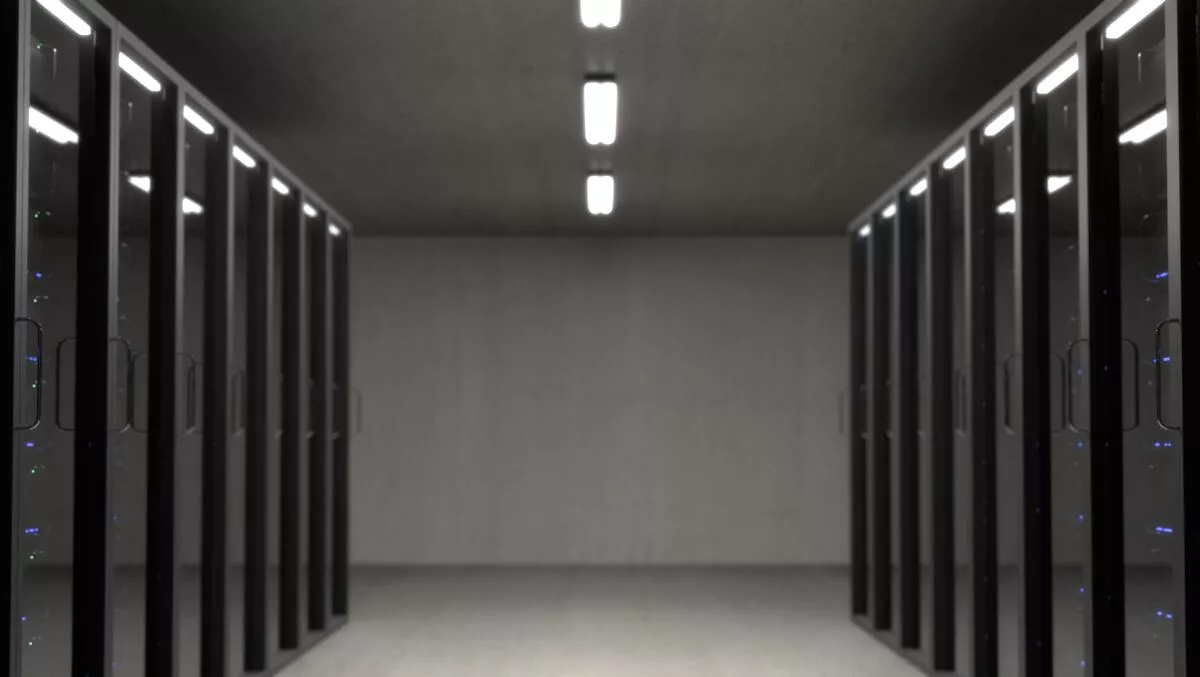
The BIM opportunity for the design of data centers
As the need for cloud computing services continues to increase, data centers are tipped to become one of the fastest-growing sectors of the IT market. Investment in data center systems in Australia is expected to increase in 2022.
According to JLL, Australia is the fastest-growing data center market in the region; space under development will nearly double to 417,000 square meters over the next three years.
As this investment continues to grow, and data centers are required to support increasingly mission-critical services for security-conscious clients in government, infrastructure and healthcare, it will be essential that the design, construction and management of data centers is backed by software that monitors and supports their continuous operation while increasing utilisation of the physical asset.
From a construction perspective, data centers are one of the most complex building types and stand to gain the most from adopting building information modelling (BIM). BIM is a digital representation of a facility's physical and functional characteristics.
Compared to a typical office building, data centers have 30 times the mechanical and electrical capacity. Using BIM ensures that these complex projects are delivered efficiently and sustained effectively.
The design phase
Data center engineers and architects will benefit from better communication and a single source of truth during the planning stage. However, where BIM comes into its own in the design of data centers is the ability to visualise and model the critical utilities that will make or break the facility.
Over and above other buildings, data centers have significantly higher power needs for the banks of servers inside. In addition, due to the density of IT hardware, greater levels of heat dissipation and airflow are essential to the proper functioning of the devices.
BIM can not only incorporate the routing and access of critical utilities for maintenance and potential replacement, but it can also reduce future risk and ensure the data center meets required safety standards.
Furthermore, with security an ever more critical need in data centers, designers using BIM can input redundancies into the building's design to ensure continuous operation.
The procurement phase
Moving toward the procurement stage of the project, data centers have a unique advantage when it comes to BIM as much of the structure can be constructed from prefabricated elements.
In addition, the serialised nature of the components of the centre allows for straightforward data entry during construction so that the BIM outputs can transition into a digital twin of the facility once it becomes operational.
With the current global disruptions to the supply chain, procurement of equipment and materials for data centers can face even more challenges. Much of the critical equipment required for data centers are in huge demand and requires several months lead time.
BIM can be used to connect the supply chain to projects, manage the risk of delays and gain better visibility on the procurement process. Using software to collate and understand this data ensures the right equipment is available at the right time.
By collecting data (like model numbers, serial numbers, plans and documentation) at the procurement stage (rather than the building phase), data center managers can also be sure they have the accurate information relevant to managing their assets in the future.
Taking these steps before the building is operational ensures that future maintenance can be targeted and efficient. In addition, the component parts of the structure can be seen in relation to one another, enabling facilities management to avoid any clashes between equipment and infrastructure.
The lifetime of the data center
Finally, as many data centers are built to satisfy an initial capacity with the potential to expand, a digital model of the facility ensures that these modular additions to the structure as the need grows can be integrated into the existing design of the center.
Utilising BIM in the design, construction and maintenance of data centers ensures greater reliability and predictability, essential for the critical infrastructure of our digital world.

